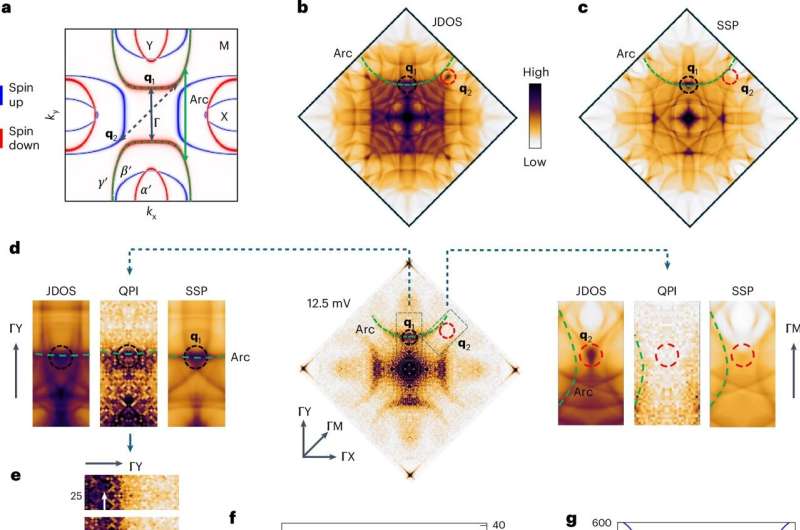Sure! Here’s a heartwarming and engaging rewrite of the science story for a human audience:
—
In a remarkable leap forward for the field of materials science, researchers have uncovered a new type of antiferromagnet that could revolutionize technology. This discovery promises not only to deepen our understanding of magnetic materials but also to pave the way for innovative applications in electronics. Let’s dive into this fascinating journey into the world of altermagnets!

At the forefront of this research is Professor Liu Junwei from the Hong Kong University of Science and Technology (HKUST). Alongside a talented team of collaborators, they recently made a groundbreaking discovery published in Nature Physics. They witnessed the first experimental emergence of a two-dimensional layered altermagnet, confirming theories proposed back in 2021.
So, what makes this altermagnet so special? Typically, devices in the realm of spintronics rely on the delicate dance of electron spins. Traditionally, spin polarization is controlled by external factors, like spin-orbit coupling. However, the newly identified altermagnets operate independently of these factors, merging the best of both worlds: stability and efficient electron manipulation.
The team revealed that altermagnets feature some fascinating properties, such as significant spin splitting arising from specific crystal symmetries. This unique spin-valley locking could usher in a new era of antiferromagnetic devices, offering unparalleled performance in terms of speed and energy efficiency.
While many materials have been assessed for their potential as unconventional antiferromagnets, such as α-MnTe and RuO2, they often fall short of the ideal symmetry and conductivity needed for practical applications. But with this new discovery, hopes are high! These altermagnets possess features that allow better integration with other materials, perhaps heralding a future where we can harness their properties in 2D settings.
Professor Liu’s observations of room-temperature altermagnets like Rb1-δV2Te2O demonstrate a groundbreaking discovery of C-paired spin-valley locking. Through sophisticated techniques like Spin-ARPES and scanning tunneling microscopy, the team captured revealing details about this novel material’s behavior.
Remarkably, their findings confirmed that this new layered compound maintains its unique properties even at room temperature. This is fantastic news for the realm of electronics – envision devices that not only operate quicker but also consume less energy!
Excitingly, these discoveries align harmoniously with earlier theoretical predictions, lending credence to the research and hinting at the prospective viability of spin-conserved currents in future technologies.
This work stands as testimony to human ingenuity and the spirit of exploration, proving that the mysteries of the universe are waiting to be unraveled, one groundbreaking discovery at a time!
More information:
Fayuan Zhang et al, Crystal-symmetry-paired spin–valley locking in a layered room-temperature metallic altermagnet candidate, Nature Physics (2025). DOI: 10.1038/s41567-025-02864-2
—
This fresh retelling brings a warm and accessible touch to the discovery while ensuring scientific accuracy and clarity.
If you would like to see similar science posts like this, click here & share this article with your friends!

